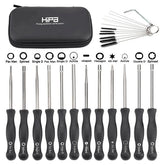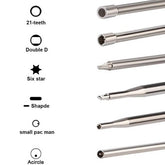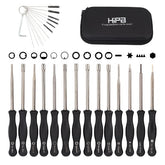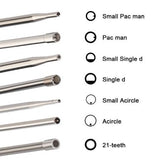5 Signs You Need New Spark Plugs and How To Replace
The humble spark plug is one of the easiest ways to improve the performance of your engine. But it is often neglected and forgotten about inspecting and changing your spark plugs regularly which will not only improve how your machine runs but can also be used to diagnose other problems.
There are 5 common signs to look for when you have a bad plug, and you can also look through our video for reference:
The 5 signs
The first one is engine misfires these can happen when the plug only fires intermittently. It can be caused by such things as a damaged electrode or fouling or even a loose cap.
The second is the poor gas mileage. This can sometimes be difficult to determine on a small engine but if you notice that it is taking more fuel to complete a job, you’d better to check your plugs.
The third sign is trouble starting. As we mentioned earlier if a plug is firing intermittently or has a weak spark, it may appear when trying to start your machine.
Forth, if your riding mower seems to bog down when you start moving, there may be other causes but a spark plug could also be a contributing factor.
The last sign of a faulty spark plug can be a rough idle. This can be related to other signs but it is one of the easiest to hear pinging popping or knocking sounds at idle, which can be caused by a failing spark plug.
When to change your spark plugs
It is important to note that all spark plugs degrade over time. Your plugs have to deliver a very high energy arc of electricity thousands of times per minute. Unlike automobile’s small engine plugs need to be changed more frequently, most manufacturer and professionals recommend changing them after 25 hours use or approximately every season or once a year.
How to replace your spark plugs
Changing your spark plug is one of the easiest DIY maintenance jobs.
Before you get started, take a look at your new plug and double check your gap. Next you just need to remove your plug wire, unscrew the old plug and then insert the new plug. Making sure to do this carefully as plug holes are often at odd angles. If possible, it is best to do this by hand because you need to prevent cross threading.
Once you have screwed the plug in, you’d better give a little extra twist with the socket wrench. It is unnecessary to tighten them down with a bunch of force. And now all you need to do is put on the plug boot.
Please let us know if this works and if you have any suggestions or comments. Or you can join us to feature your passion for repair projects, share your stories with the Hipa family and also get help from Hipa.






















